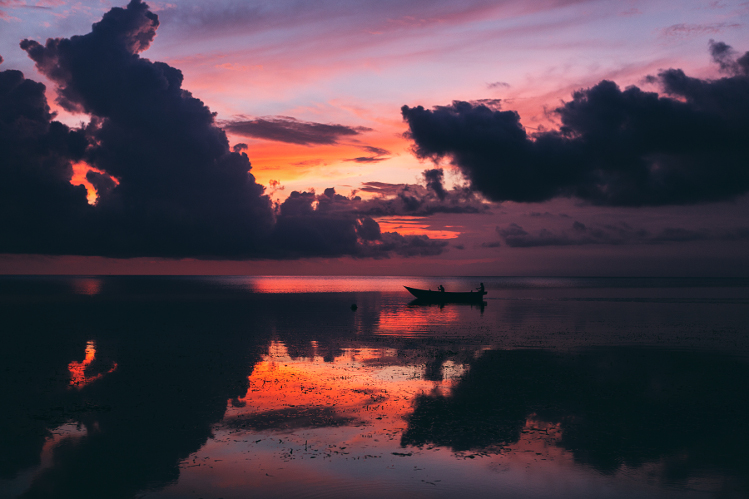
Dili is a great base from which to explore Timor-Leste's untouched wilderness, and the city's finest experience is arguably a day trip to Atauro Island, which is ever visible from the city's shores. Accessible by ferry (two hours) or speedboat (one hour) booked through one of Dili’s numerous dive shops, Atauro boasts pristine beaches and prismatic coral reefs just metres from the shore that make for immensely rewarding snorkelling. The interior of the island rises up into a mountainous spine for dramatic hiking, while those who prefer to kick back in a hammock with a cold Bintang will meet their kindred at rustic eco-lodge Barry’s Place, just a stone’s throw from the boat dock.
The road hugging the beach west of Dili’s port area, Avenida de Portugal (more commonly referred to as Beach Rd) is home to some of Dili’s most popular hotels, restaurants and bars. You’re likely to find live music, a trivia night or just scenes of general merriment at one of its many bars and restaurants come evening. Popular spots include Hotel Esplanada and Castaway, while additions to the scene in the past few years include a taco shop (Arriba), a Korean restaurant (Nari’s) and Dili’s first artisan coffee shop (Letefoho Specialty Coffee Roasters).
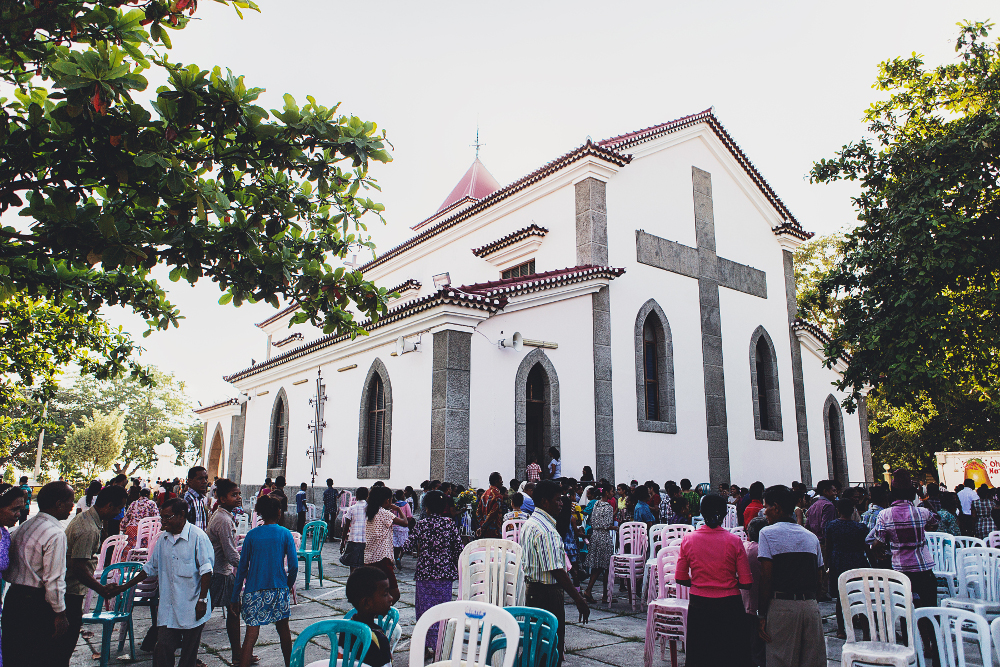
Timor-Leste’s churches are an enduring legacy of its colonial days. It’s one of just two Catholic countries in Asia (the other is the Philippines), and over 95 percent of Timorese identify as Catholic. Attending a Sunday mass is a great way to experience a major part of the local culture. Head to the Portuguese-built Church of São António de Motael on Beach Rd, where mass is held outdoors in the expansive courtyard, with a choir singing traditional hymns. The church played a pivotal role in Timor-Leste’s path to independence, as the start point of a 1991 protest march that was fired on by Indonesian troops. The resulting Santa Cruz massacre caused an international outcry.
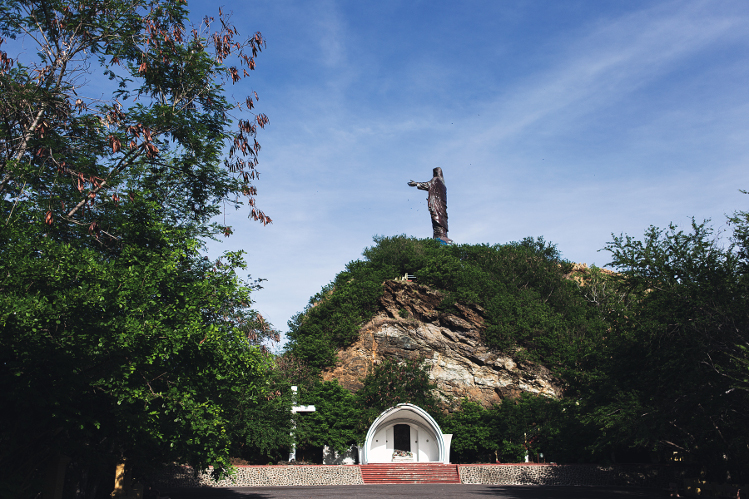
One of the most visible landmarks in Dili is the 27m-tall statue of Jesus Christ (erected in 1996 by Indonesia as a gift to Timor-Leste) perched on the headlands just east of central Dili past the end of Areia Branca beach. Cristo Rei is reached via 500 steps punctuated by bronze carvings depicting the Stations of the Cross that some climb as a form of pilgrimage. Others use the steps for exercise and to access both the headlands for a superb view west toward Dili and to the Backside Beach (now possible to access via a flight of steps from the landing just before the statue). The more adventurous can continue tramping up into the mountains from here for even more dramatic views.
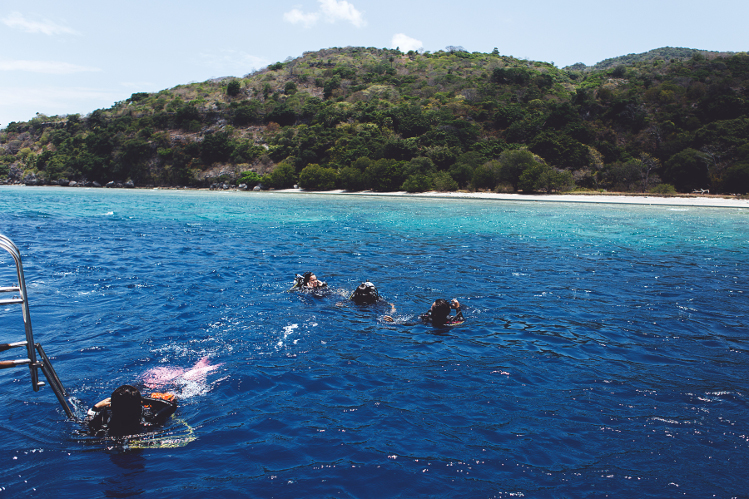
One of the benefits of being so remote and untouched by mass tourism (or dynamite fishing) is that Timor-Leste’s waters are still pristine. Located within the Coral Triangle, Timor-Leste is surrounded by abundant coral and marine life. Dolphins, dugongs and migratory whales ply the Wetar Strait, and there are innumerable fantastic diving opportunities for novices and veterans alike. Popular shore dive sites are accessible either within minutes of Dili (such as like Dili Rock and Tasi Tolu) or a short drive out of town (like K41). There are several quality dive shops (try Dive Aquatica or Dive Timor Lorosae) with knowledgeable and friendly instructors who are more than happy to lead you beneath the waves.

The Timor-Leste Resistance Archive & Museum charts the Timorese struggle for independence against occupying Indonesian forces via a text-heavy exhibit running along the length of a wall. The museum isn’t flashy or particularly interactive, but serves as an important memorial to the darkest moments in Timor-Leste’s recent history. The collection also includes artifacts from the resistance and other historical and cultural objects.
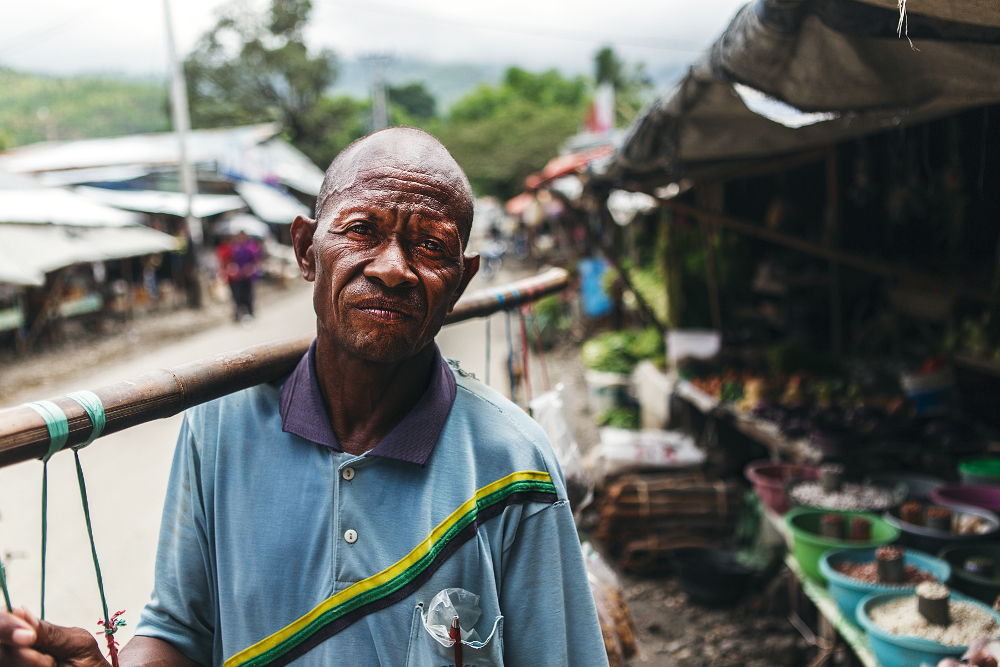
Straddling a main road south of the centre, the nation’s largest market offers a glimpse into rural Timorese life. Think open-air butcher's shops and women in traditional dress haggling over organic vegetables and homemade sea salt. Seemingly a world away from the gleaming new Timor Plaza shopping centre, everything from school supplies to betel nuts and freshly caught fish can be bartered for here.
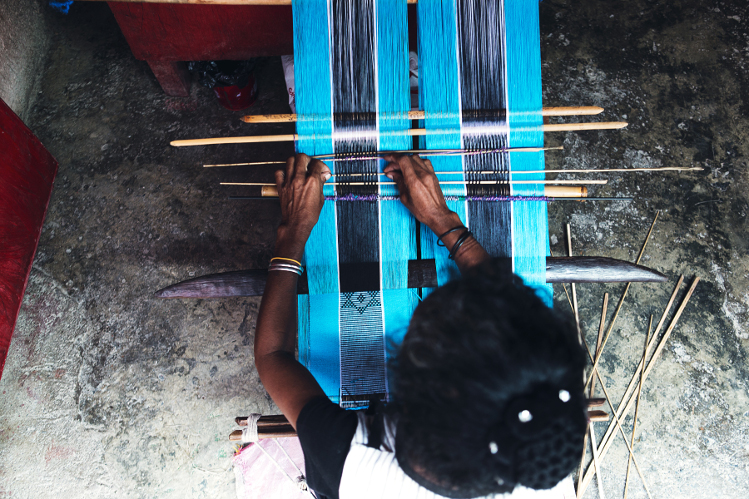
Known as tais, Timor-Leste’s most famous handicraft is a type of brightly coloured woven textile. Styles of tais differ from district to district and can be found at markets all over Timor-Leste, but Tais Market is the perfect one-stop shop in Dili. Established to consolidate the tais into a single place to both highlight the craft and encourage sales, the donor-funded market also features weavers performing their craft, with spectators welcomed.
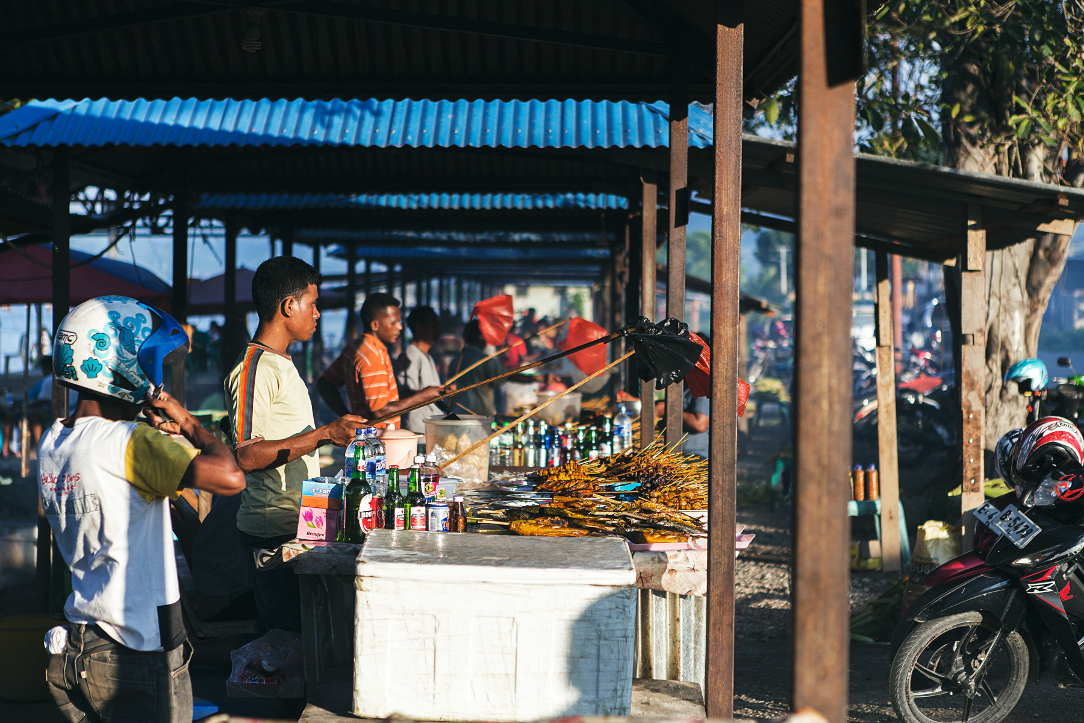
Every evening in Dili on the stretch of beach west of Pertamina Pier and toward Ocean View Hotel, dozens of satay, fish and beer vendors set up under blue-painted tin awnings. Come here to lounge on plastic chairs plunged into the rocky sand and snack on seafood skewers cooked over a makeshift fire pit as the sun ignites the sky above Atauro in hues of purple and red. It’s a classic Timorese experience, and a contrast to the expat-heavy bars and restaurants on Dili’s main beach road.
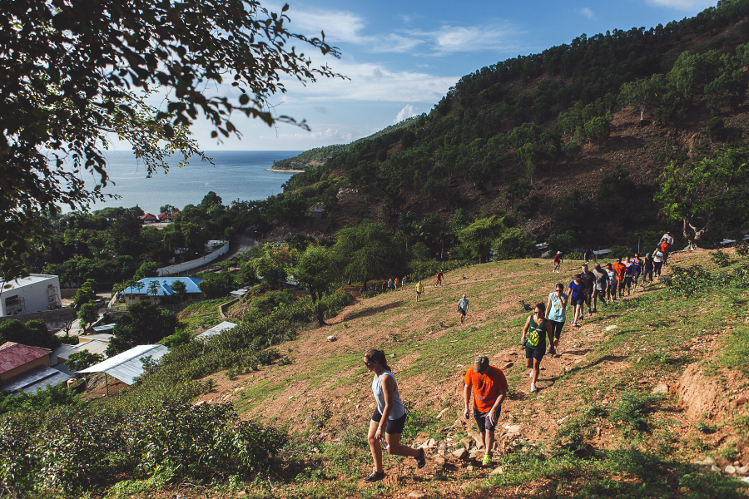
Running and biking are massively popular among locals and expats in Dili. One of Timor-Leste’s most popular annual events is the Tour de Timor, usually held in September. This grueling bike race takes a 400–500km route that varies from year to year. For the more casual enthusiast, the Dili chapter of the global Hash House Harriers (dilihash.wombathole.com) running group is a fun way to meet new people over a run followed by a few beers. Runs are typically 6–10km, and take runners all over Dili and its surrounding areas, often off the beaten path of a typical visitor to the city.